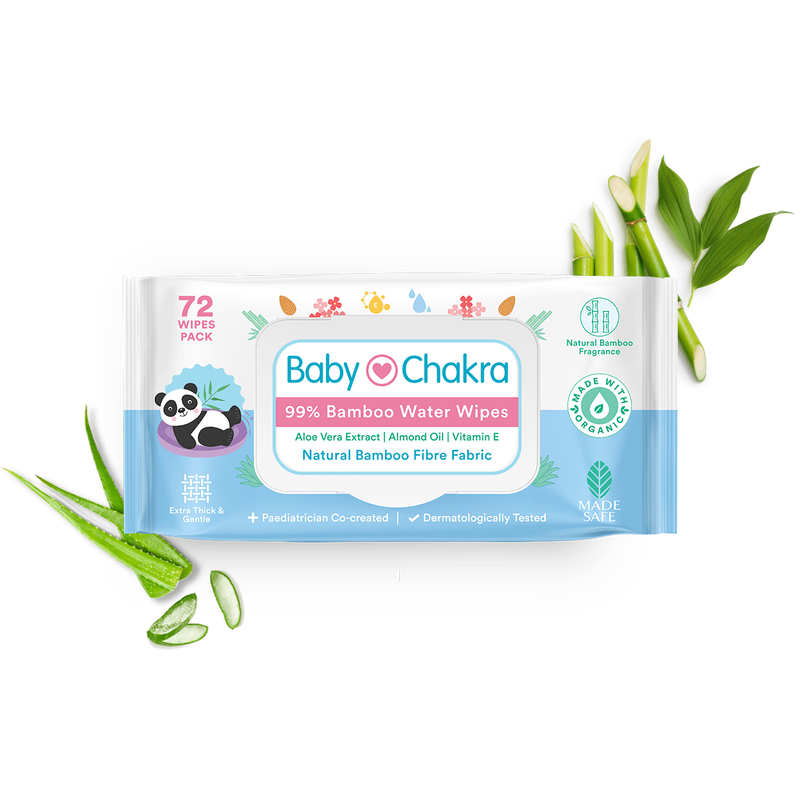
How To Care For Your Toddler’s Wounds
15 Oct 2022 | 3 min Read
Reema Shah
Author | 740 Articles
It is common for all kids to get cuts and scrapes growing up and in most cases, parents can take care of them at home. However, sometimes your toddler’s wounds may be serious, such as those that may require stitches or a hospital stay. In such cases, you’ll have to take them to the doctor immediately.
Read on to find out more about wound treatment for toddlers at home.
Tips To Care For Your Toddler’s Wounds
Here are a few things to keep in mind when taking care of your toddler’s wounds.
1. Examine the Wounds
- Avoid removing an object that has penetrated the toddler’s body. Put pressure on the wound till you reach the doctor.
2. Clean the Toddler’s Wounds
- First, wash your hands using an antibacterial soap or wash.
- Then use plenty of cool water to clean the wound(s). Ensure all the dirt and debris are removed. If it’s just a bruise that isn’t bleeding, you can also use baby wipes.
- Use mild soap and water to clean the area around the wound.
3. How to Stop the Bleeding
- Cover the child’s wound using gauze or a clean towel and press down with your palm.
- If the gauze soaks through, avoid removing it. Instead, put another layer of gauze on top.
- Keep the pressure applied for a few minutes after the bleeding stops.
- Try to elevate the wound area, such as the leg or arm.

4. Treat the Wound
- Use an antibacterial ointment on the wound area.
- In case the wound is minor and unlikely to get dirty, let it heal in the open air.
- If the wound is likely to get dirty because of being on the hands or feet, put on a bandage during the day. Then allow the wound area to air dry without the bandage at night. Look for signs of infection such as redness or drainage.
When to Visit The Doctor Immediately
- Your toddler is bleeding heavily.
- The wound looks deep.
- The edges of the wound seem to be gaping.
- The wound is spurting out blood.
- You can’t stop the bleeding even after applying direct pressure for ten minutes.
- Any object that has punctured the skin and is still in the body needs immediate medical attention.
- The cut has affected the eye or the cartilage of the nose or ear.
- The cut is on your child’s face.
- The cut is larger than a half inch, rough, has dirt in it, doesn’t seem to be healing well, or appears infected.
Cuts and scrapes are common in young children, it’s a part of their growing up years. It’s advisable to keep a first aid box at home for minor wounds. Visit the doctor if you notice any of the above symptoms.
Cover image credit – Intermountain Healthcare
A


Related Topics for you
Suggestions offered by doctors on BabyChakra are of advisory nature i.e., for educational and informational purposes only. Content posted on, created for, or compiled by BabyChakra is not intended or designed to replace your doctor's independent judgment about any symptom, condition, or the appropriateness or risks of a procedure or treatment for a given person.

